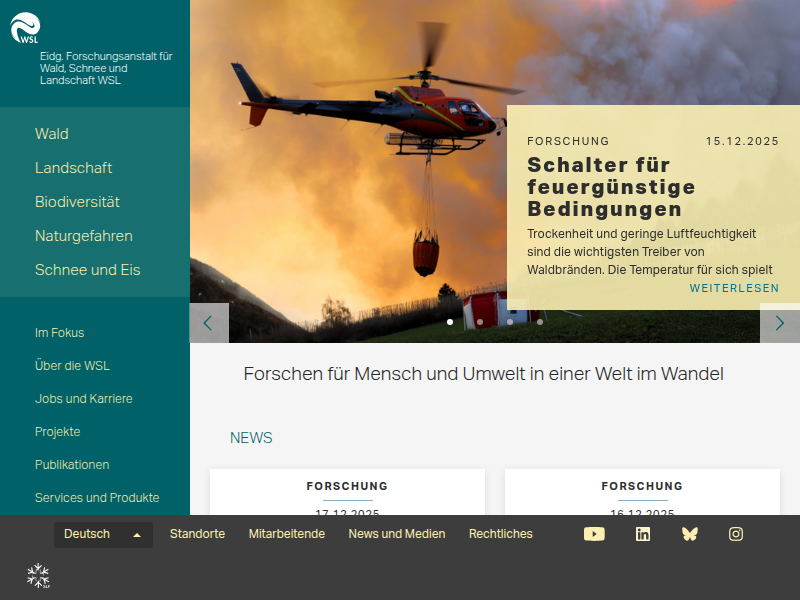MiCSS – Mixed Carbon Source and Sink controls on tree growth https://www.wsl.ch/de/projekte/micss-physiological-drivers-of-tree-growth/
MiCSS is a SNF-funded project that aims to investigate the key physiological processes underlying tree growth in order to improve forest dynamics and carbon cycle modelling.
stand-level estimates of photosynthesis and translate acquired insights into a new model

